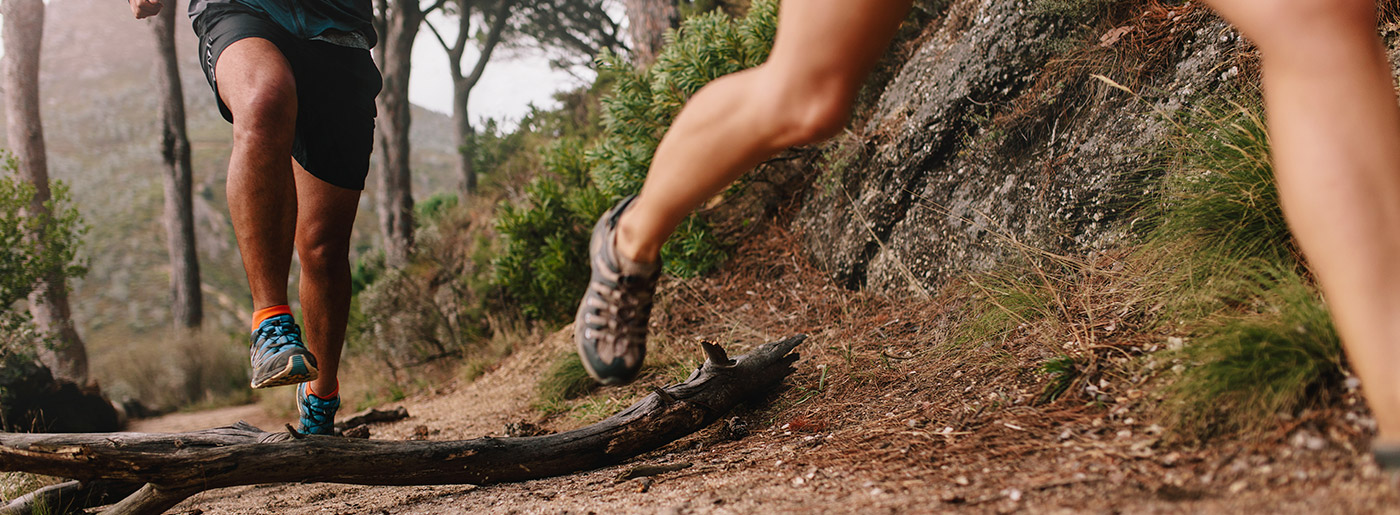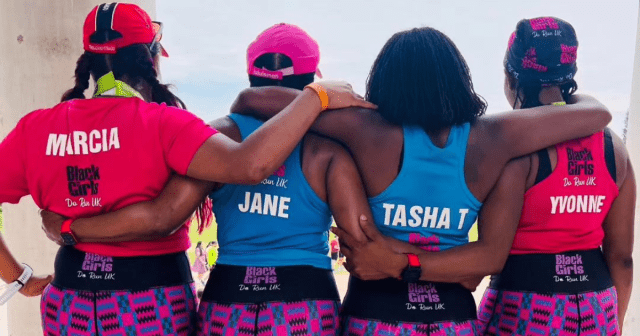How to run longer and farther? It’s the same question time and time again when it comes to runners looking to take their running to the next level.
According to a team of sport scientists and running experts from the Swiss running company On, to add running mileage, you need to spice up your runs and here they tell us just how to do it.
‘How to add mileage to your runs?’ You’ll find a million answers to that question but here’s one that really works.
Look online and you’ll see all kinds of answers, from the “running rules” to math formulas for baseline starts and incremental percentage stacks.
A million answers, but here’s one that really works for increasing running mileage (without a calculator needed), and it’s called adding variety to how you run.
are you running in a rut?
So what exactly do we mean by variety and how is that going to help you mount those miles right up? Adding variety to your running is when you almost become a different kind of runner to who you usually are.
More than just changing the scenery or your running route, it’s about making running not feel like normal running at all. When you get to that stage, you benefit by more miles logged in more ways. But before you get there, it’s important to know where you are now.
Do you often find yourself running the same route you’ve done many times before?
Do you often find yourself running the same route you’ve done many times before? Are you running a certain number of miles you could track without the help of a GPS, at a steady, consistent pace?
Maybe sometimes you head out a bit faster or a bit further, but really, the route is as familiar as the back of your hand.
Maybe sometimes you head out a bit faster or a bit further, but really, the route is as familiar as the back of your hand. The terrain is usually a mix of concrete sidewalks and stone and dirt park trails, but not what you’d consider “off the beaten track”.
The gear you run in will be somewhere between proper athletic apparel and, especially the more you train in a week, some old shirts and shorts you just throw on when everything else is in the wash (the classic runner conundrum). As for shoes, you’re wearing your go-to pair of the worn out running shoes you bought a million years ago (and chose those running shoes based on something else than your present running goals).
Let’s be clear: This is a great run. You’ll work up a sweat, feel good and it gets you one step closer to reaching your running goals.
But over time, you become used to this run. It’s your bread and butter run. So, when you’re looking to add more mileage to it, just like adding more bread and more butter… you can only enjoy it so much.
how to spice up your running?
Changing your mindset when it comes to increasing running miles is how you can breathe fresh life into your training plans.
The trick when doing one of these “different” runs is to imagine you’re a different kind of runner all together.
The trick when doing one of these “different” runs is to imagine (at least for the first few times) you’re a different kind of runner all together. The environments the runs themselves take place in can help with this, but are also just a starting point.
Changing your running habits – and your gear and shoes – is what really brings about the change and, just like an actor in a new role, can bring out new levels and highs in your overall performance.
With the below guide, think of these runs as their own sports, complimentary to your usual running and training. It’s a simple trick, but if you do it right, the miles will go up, and so will your benefits.
1. Your “interval run” becomes your “speed session”
You’ve heard about them and might already do some form of them, but chances are when it comes to interval training you treat them just like a shorter, faster version of your normal running route.
To change it up, head to the athletics track for your interval run days.
To change it up, head to the athletics track for your interval run days. The home of the fastest people on earth, going to the athletic track once a week can add in the variety you need when it comes to really feeling like interval training is something different from what you usually do.
Treat it like you yourself are a sprinter, so don’t run to the track from home; get there and get changed trackside.
How to spice it up with gear and shoes?
Obviously you want to look the part, so choose a singlet and shorter running shorts as your speed-session gear. When it comes to shoes, you should opt for a more direct shoe with less cushioning than you would use on a longer run. This will help you develop different muscle areas that will benefit your long game in turn.
2. Your “off” day becomes your “in” day
By “in” day we mean “inside”. What may sound blasphemous to some runners actually can come as a welcome reprieve for others, looking to do something a little different when it comes to their training (what we’re all about today).
Heading indoors and tackling the treadmill and stepper can work muscles your regular run may not.
Most training plans for runners recommend one or two days in the gym session or some other sport to compliment your running, and it’s here the “in” day can help you add some more miles to your overall plans.
Heading indoors and tackling the treadmill and stepper can work muscles your regular run may not, and the other huge advantage of the gym is that it’s usually available 24/7 in all weather, so there’s no excuse to not train.
How to spice it up with gear and shoes?
Just like with the “speed session”, a new mindset when hitting the gym for a run needs to be as much a physical change as it as a mental one. Gym gear tends to be light and often varies to what the weather outside or season may call for. Compression clothing often is worn on the treadmill by runners in the know, as using the machines around you for warm-ups and exercises can help fire muscles up differently to how they would on a normal run.
Shoes for inside running should be similarly cushioned to your long-distance running shoe, as the repetitive nature of an even, flat surface on the treadmill can mimic the concrete of your usual running terrain. As rolling an ankle is unlikely to happen during an indoor training, you can opt for less support and lighter shoes.
3. Your “training” day becomes “trail training” day
If you have long-distance goals in mind, the kind of run that can get you there is heading out onto the trail. Trail running has been building in popularity as the uneven terrain helps work you out in ways your normal, flat, concrete running training cannot.
Hill sprints can be the fast-track way to have a short session with maximum effect (similar to intervals).
The advantage of trail running is that it often goes hand in hand with hill running, which, as every runner knows, is where you can really get your money’s worth on a tight training schedule. Hill sprints can be the fast-track way to have a short session with maximum effect (similar to intervals).
How to spice it up with gear and shoes?
People can get immersed into the world of trail running, wearing all sorts of gear and gadgets that we’ll save for another day. As a quick tip though, make sure your legs are covered with running pants and socks in case of wily bushes and branches. You should also take your phone with you and water if you don’t know the track that well, just to be on the safe side.
When it comes to shoes, think the complete opposite again of your “in” days. Ankles are things you need to be protecting with extra support especially if you’re going long and hard into the wilderness.
Trail running shoes often look different from normal marathon trainers, with the extra support, grip and protection as must-haves. That said, a great pair of trail running shoes shouldn’t weigh much more than your normal pair, thanks to the high-tech materials good shoes should use.
Slow and steady (and different) wins the race
Adding variety to your training sessions and routine can help you find easy, extra miles, but it’s important to start slowly.
Don’t just head out and mix in three more runs into your plan. Go slow and go steady. See what works for you.
Don’t just head out and mix in three more runs into your plan. Go slow and go steady. See what works for you.
If you’re following a training guide, use how you’re feeling to add in these run alternatives to help you run longer: Different running tracks, different running gear and different running mindset.
You’ll find that if you fall in love with one of these techniques, the training miles will stack up on their own and you won’t notice how far your training has come until race day finally arrives.
If you liked this post, don’t forget to share so that others can find it, too.
Or give it a thumbs up!
I like this article
Please note that the information provided in the Polar Blog articles cannot replace individual advice from health professionals. Please consult your physician before starting a new fitness program.





